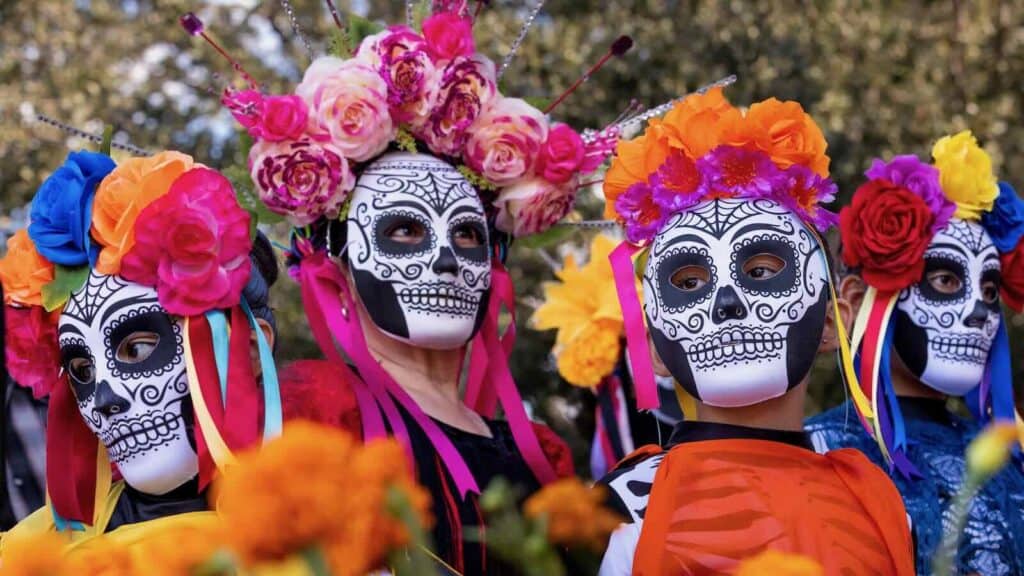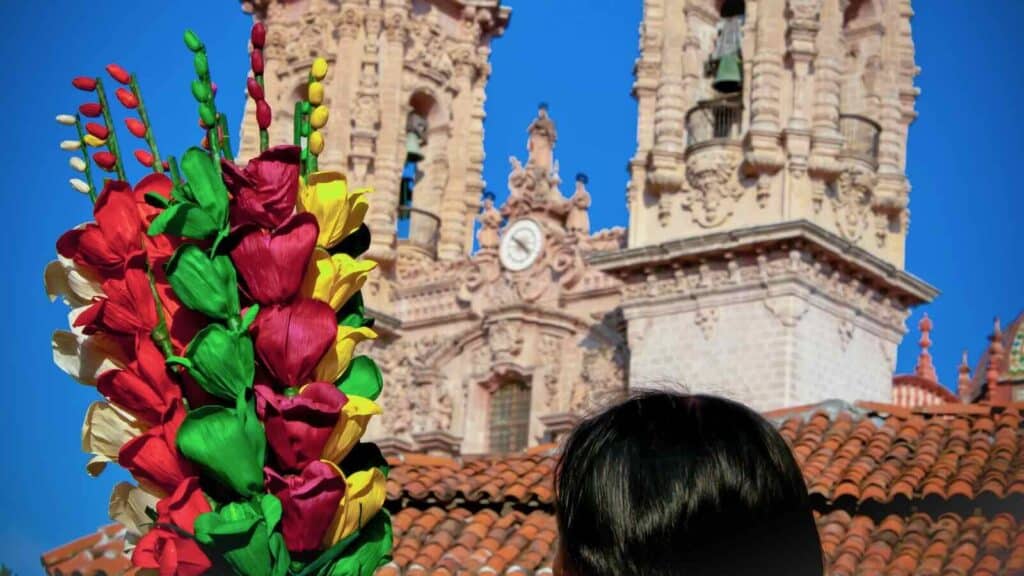Cinco de Mayo may fill San Francisco’s Mission District with tacos and mariachi and bring hundreds of people to Lower Polk Street for the Cinco de Mayo Pub Crawl, but it is a little different in Mexico. It is a quieter affair, mostly celebrated in Puebla to commemorate the 1862 battle victory. While Mexican-Americans have turned it into a cultural bash, The people of Mexico celebrate a much different set of holidays that may not get much attention in the States (depending on where you live). From solemn tributes to wild fiestas, these celebrations define Mexico’s spirit, drawing families together and spilling onto streets with color and song.
Here’s a look at the biggest holidays that truly matter in Mexico, each offering a glimpse into the country’s soul.
Holidays in Mexico
Día de la Independencia (Independence Day) – September 16
Mexico’s Independence Day is the country’s biggest patriotic party, marking the start of the fight for freedom from Spain in 1810. It kicks off the night before with El Grito de Dolores, a reenactment of Father Miguel Hidalgo’s call to rebellion. At 11PM on September 15, mayors and the president shout “¡Viva México!” from balconies, met with cheers and fireworks. The next day brings parades with schoolkids marching and bands playing. Families feast on pozole, tamales, mole poblano and chiles en nogada, a dish in flag colors of green, white, and red. Unlike Cinco de Mayo, this is a federal holiday, closing offices and schools nationwide.

Día de los Muertos (Day of the Dead) – November 1-2
No holiday captures Mexico’s heart like Día de los Muertos, a joyful tribute to loved ones who’ve passed. Far from somber, it’s a celebration of life, blending indigenous beliefs with Catholic traditions. Families build ofrendas, or altars adorned with marigold flowers, candles, and the departed’s favorite foods. November 1 honors children, while November 2 is for adults. In towns like Pátzcuaro and Oaxaca, cemeteries glow with candles as families picnic by graves, sharing stories and mezcal. Parades with skeleton costumes and calaverita face paint have grown, especially in Mexico City, thanks to global fascination (think Coco’s Pixar magic). It’s a federal holiday for schools, and the mix of reverence and revelry makes it uniquely Mexican.
Las Posadas – December 16-24
Las Posadas lights up the Christmas season with nine nights of celebration, reenacting Mary and Joseph’s search for shelter. Each evening, neighborhoods host processions, with kids dressed as angels or shepherds singing for a place to stay. Hosts welcome them with hot ponche (fruit punch), tamales & piñatas bursting with candy. The final night, Christmas Eve, ends with Noche Buena, a late-night feast of bacalao (cod) or turkey, followed by midnight Mass for many.

Semana Santa (Holy Week) – March or April
Semana Santa, the week before Easter, is Mexico’s holiest time. It’s a federal holiday, with schools and offices closing, especially on Maundy Thursday (also called Holy Thursday) and Good Friday. Towns like Taxco and San Miguel de Allende stage dramatic processions, with locals carrying statues of Jesus and Mary through streets lined with flower carpets. Some reenact the Passion, complete with mock crucifixions (no nails, thankfully). Families take to beaches or gather for seafood-heavy meals, skipping red meat for Lent. The solemn vibe shifts to joy by Easter Sunday, with church bells and chocolate eggs.
Virgen de Guadalupe Feast Day – December 12
The Feast of Our Lady of Guadalupe is a spiritual cornerstone, honoring Mexico’s patron saint. Legend says she appeared to Juan Diego in 1531, leaving her image on his cloak, now enshrined in Mexico City’s Basilica of Guadalupe. On December 11, pilgrims flood the basilica, some crawling on knees, to sing Las Mañanitas at midnight. December 12 brings Masses, dances, and street markets with antojitos like gorditas.
Unlike Cinco de Mayo, which Mexican-Americans amplified in the U.S. as more of a party holiday, Mexico’s big holidays fit perfectly in their daily life. They’re federal days off (except Posadas and Guadalupe), shutting down schools and banks. Independence Day shouts national pride, Day of the Dead embraces loss with love, and Posadas spark community warmth. Semana Santa and Guadalupe reflect faith that’s shaped Mexico for centuries.
A Calendar of Joy
Mexico’s holidays are a masterclass in celebration, far outshining Cinco de Mayo’s regional celebration in Puebla. They invite everyone to join, whether you’re dancing in a Mexico City plaza on Independence Day or building an ofrenda in Oaxaca.






